The story of the Tower of Babel takes up just 10 verses in this week’s Torah reading, sandwiched in between two long genealogical lists; the descendants of Noah preceding, and those of Shem following. If your eyes glaze over when you read these lists, you’re not alone–they’re long! We go through quite a few “this one begat that one” verses, and every so often, we’re surprised when something is mentioned about a person, such as “Nimrod was the first gibor–“man of strength” on the earth. In fact, our Sages credited Nimrod–or more likely blamed him–for the Tower of Babel and the subsequent confounding of the peoples’ speech and their dispersion all over the earth.
Nimrod’s kingdom was the Valley of Shinar, which is where the biblical narrator tells us the ill-fated tower was built. But when you think about it, and at least one of our ancient sages did, if your goal is to build a tower v’rosho bashamayim, with it’s head in the heavens, wouldn’t you start on top of the highest mountain you could find, not put yourself at a disadvantage by starting in a valley which is probably even lower than sea level? That’s one of the first thing questions that come up.
Nimrod was gibor tsayid lifnei Ado-nai, “a mighty hunger before the Lord,” or “because of the Lord,” depending on how you translate Lifnei Ado-nai. In Rashi’s commentary, Nimrod provoked God by acting brazenly. As a hunter may snare and trap his prey, Nimrod ensnared the people with his words, and in Rashi’s words, “caused them to rebel against the Omnipresent One.”
At face value, however, this story sounds positive from the standpoint of people working together. After all, as Margaret Mead said, “Never doubt that a small group of thoughtful, committed citizens can change the world; indeed, it’s the only thing that ever has.” And isn’t this what we want?
But, God didn’t seem to like this idea of the tower, and the plain reading of the texts suggests that the Creator saw this collective human endeavor as threatening God’s sovereignty, and the only way to stop the threat is to make it impossible for them to work together. Divide and conquer, in a sense.
Because no person is all-good or all-evil, Bereshit Rabbah, a Midrash on the book of Genesis, tells us that there five good things came about because of Nimrod, and five evil ones. The evil? He was responsible for Esau; Datan and Aviram; King Achaz and King Achashuerosh–all people who caused problems for the Jewish people at various times. The good? Abraham, Moses and Aaron, King Hezekiah and Ezra the Scribe. Good or bad, however, all still merit God’s compassion, even those who try to make life difficult.
Bringing people together to work towards a common goal is usually a good thing, but we need to be careful whom we follow, and that’s not always obvious. May God grant us the wisdom and discernment to work for good and for peace.


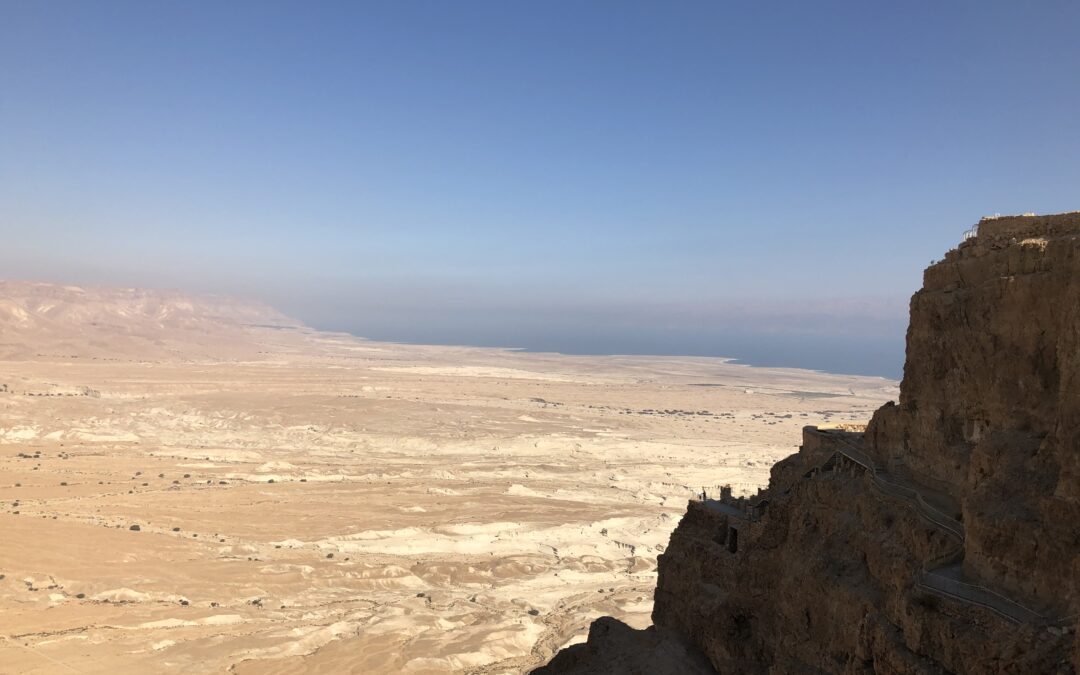

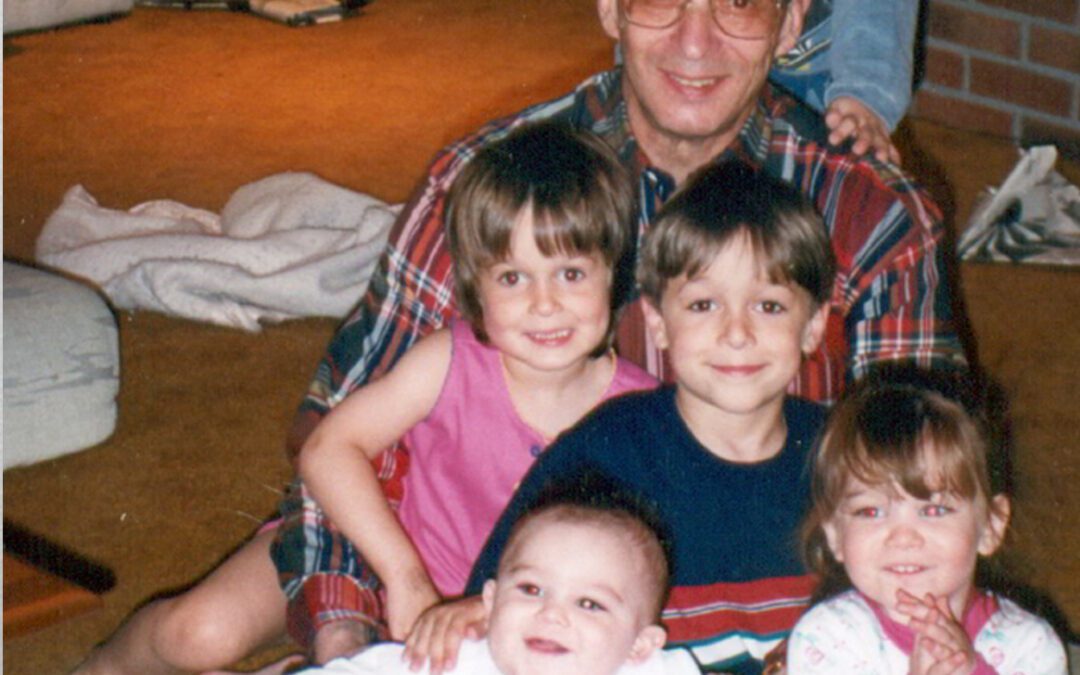

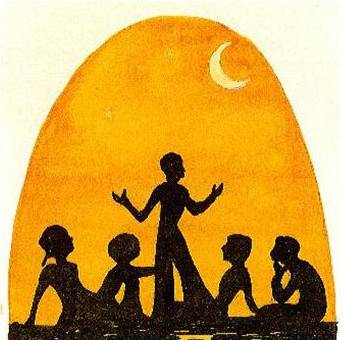
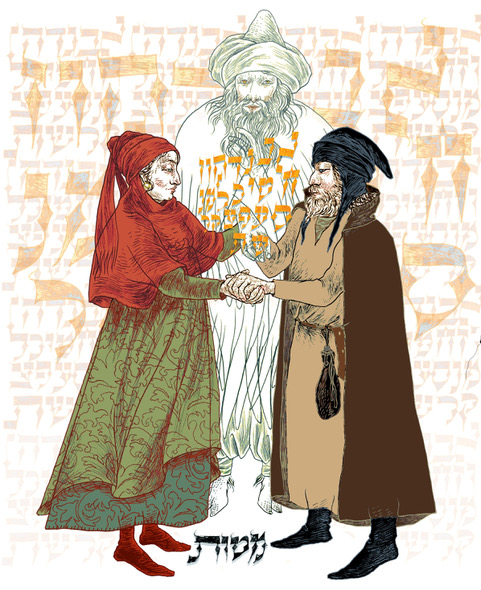
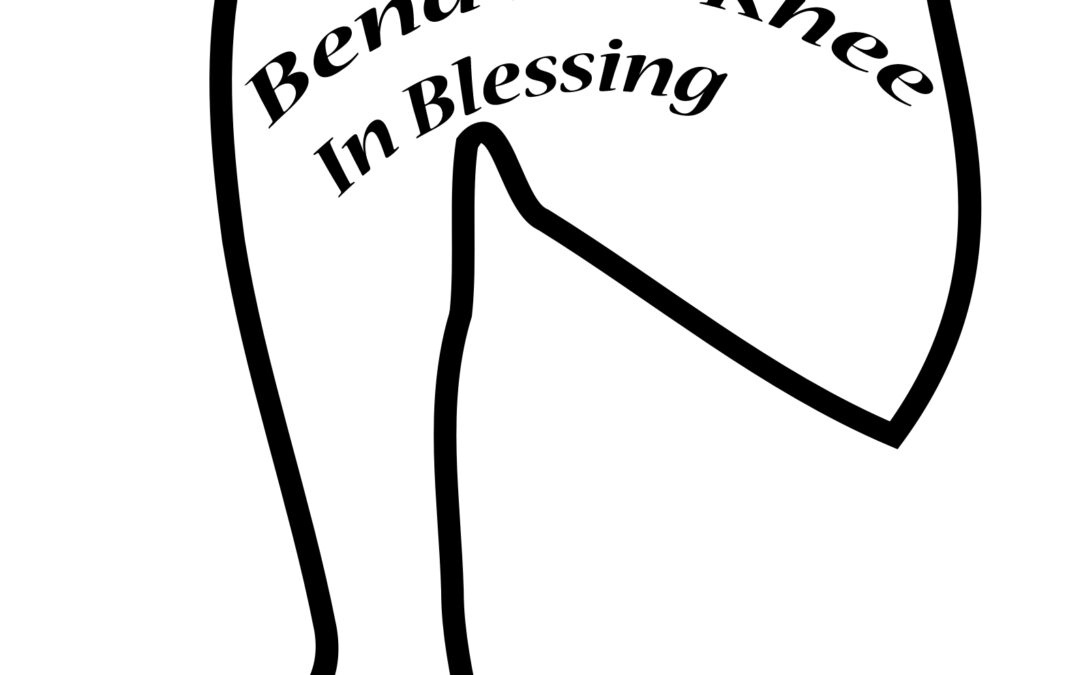


0 Comments